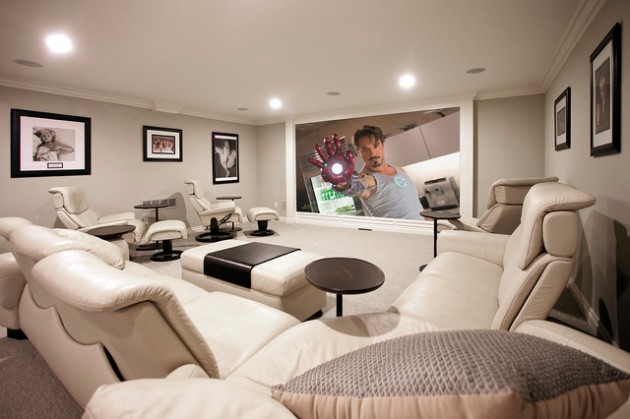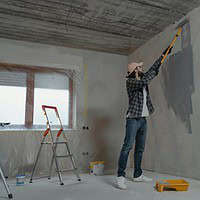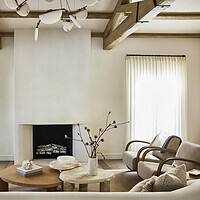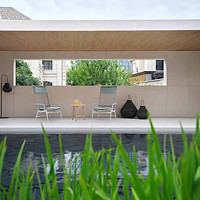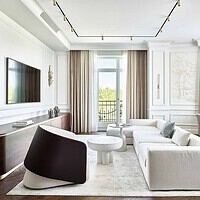Designing a home theater that looks great and functions properly can be difficult. In most cases, you’re forced to fit everything in a room that isn’t built for a projector, screen and seating. However, as long as you keep a few things in mind, you should be able to get the most harmonious balance between aesthetics and function.
Calculating the Perfect Setup
When designing your home theater, a synergy between the screen size and placement, the projector type and placement and the audience’s viewing perspective must be reached in order to provide the best experience possible. This synergy can be achieved through a cohesive and creative layout focused on providing function in an aesthetically appealing way. By determining the proper placement of the three main elements, screen, projector and seating, you’ll be able to build a room plan that looks great and works well.
The Screen
Choose an aspect ratio based on the type of media you watch most. For HD content like movies, 16:9 is best. Another common size is 4:3. This is for non-HD content on cable TV or other formats. However, there are a variety of aspect ratios. CinemaScope is one such type rapidly growing in popularity. Many major movie releases are shot in the 2.35:1 ratio of CinemaScope, but not much else.
The width of the screen is also important. Screens work best when they are about three feet above the floor. By subtracting those three feet from the overall ceiling height, you’ll get a number that can be used to determine the best screen size for the room.
The Projector
The most important spec to know about your home projector is its throw ratio. With this number, you can determine how far back the projector must be placed in order to work with the screen. By simply multiplying the throw ratio with the screen width, you’ll be able to see exactly where to mount the projector.
When you purchase the projector, be sure to check whether the lens can be shifted or not. This will determine how you mount the unit. Since most lenses shoot the image upwards, if you mount the projector on the ceiling, you must invert the box so that the picture projects downward on the screen. Units that include lens shift functionality can be adjusted to cast the image up, down or any angle in between.
The Seats
The distance you can put the viewer from the screen directly correlates with the resolution of the projector. Basically, the higher the resolution, the close you can sit. A general rule of thumb is between two to three times the width of the screen. Fit your seating somewhere in that range and you should be good to go.

